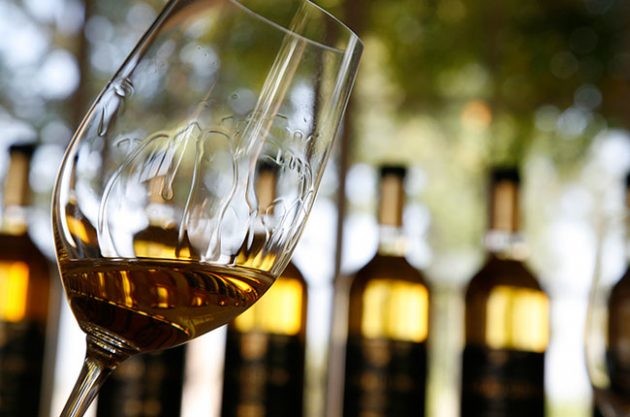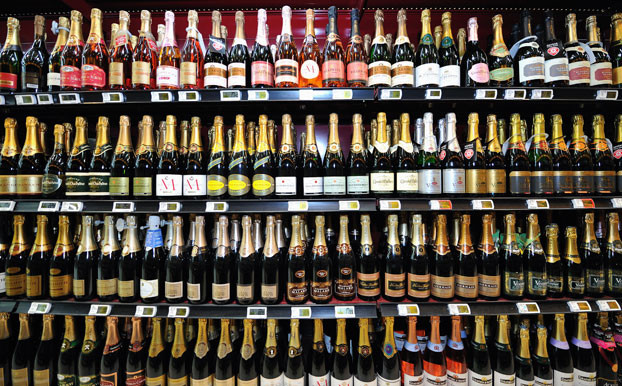By how many ways can you make a sweet wine? What are the typical flavours of each style? Read this week's study guide and learn about how to choose your favourite sweet wine.

About ten years ago quite a number of wine consumers in China would add soft drinks such as Sprite to wines because they believed it would make wines taste softer, sweeter and more friendly to beginner drinkers. While some believe this was an innovative, local-know-how to boost wine consumption, many would frown at such methods of “blending” regarding it as a crime against nature.
In recent years as more wine varieties are known and accessible to consumers, blending soft drinks into wine is rarely seen. For those who would love a glass of sweet wine, there are a variety of different methods of production of sweet wines, each with different results:
Interrupting the fermentation
One method of production of sweet wines is to interrupt fermentation by removing the yeast, which transfers sugar into alcohol, by using a fine filter to ensure that no yeast remains in the wine. With no yeast to ‘eat’ the sugar, it remains creating a lower alcohol, sweet wine. Many of the popular off-dry wines are made in this way.
Adding alcohol to fortify the wine or adding sulfur dioxide to wine can kill yeast to stop fermentation. This is a common technique that is used to make fortified sweet Muscat wines.
We tasted un-aged Vins Doux Naturels at classroom, which have high alcohol but are well-balanced with sweetness. They have refreshing, sweet and pronounced aroma of fresh grape, peach and perfume.
Adding a sweet component to the blend
It is not permitted to add sugar to wines (that’s perhaps why adding Sprite to wines is frowned upon) but you can add a sweet component, including unfermented grape juice, or Sussreserve to sweeten the blend. In Germany some sweet and off-dry wines are made with this technique.
Concentration of sugars in the grapes
High-quality sweet wines are often made from grapes with concentrated sugars of their own. This concentration process can occur in one of three ways: by drying the grapes or to allow the growth of the Botrytis cinerea rot or noble rot to accelerate evaporation of water or by freezing the grapes which makes icewine.
We tasted a glass of Ricioto from Italy, which is a kind of sweet red wine using dried grapes. It tastes like syrup with flavours of coffee and tobacco with a trace of honey. It’s full with a soft body and rich aroma that is quite impressive.
My teacher also let us taste sweet TokajiAszu, which uses noble rot attacked grapes; it has botrytis flavours and a hint of marmalade. As noble rot wines must use hand-picked grapes which has high labour costs, they are often expensive. I recalled a banquet two years ago when a sweet noble rot wine was paired with dessert. If TokajiAszu was on the menu, there was no need for the dessert as the wine itself was a delicious enough dessert; you can literally “chew” the full-bodied, amber-coloured wine.
On a wine-tasting event after the class I was offered a glass of icewine from Canada’s Inniskillin. The high latitude, cold and dry climate helps production of quality icewine that is high in acid and low in alcohol with a pure and refreshing taste. Production of quality icewines is limited as only a small number of producers are blessed with the geographic conditions and climate required. They are not produced every year.
All rights reserved by Future plc. No part of this publication may be reproduced, distributed or transmitted in any form or by any means without the prior written permission of Decanter.
Only Official Media Partners (see About us) of DecanterChina.com may republish part of the content from the site without prior permission under strict Terms & Conditions. Contact china@decanter.com to learn about how to become an Official Media Partner of DecanterChina.com.












Comments
Submit